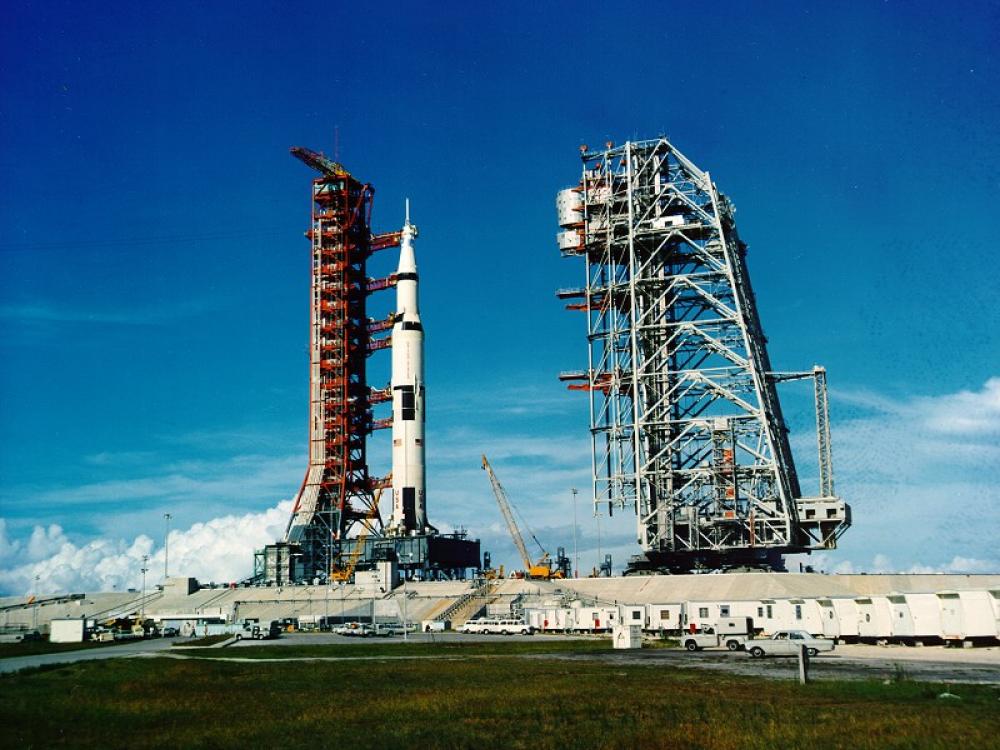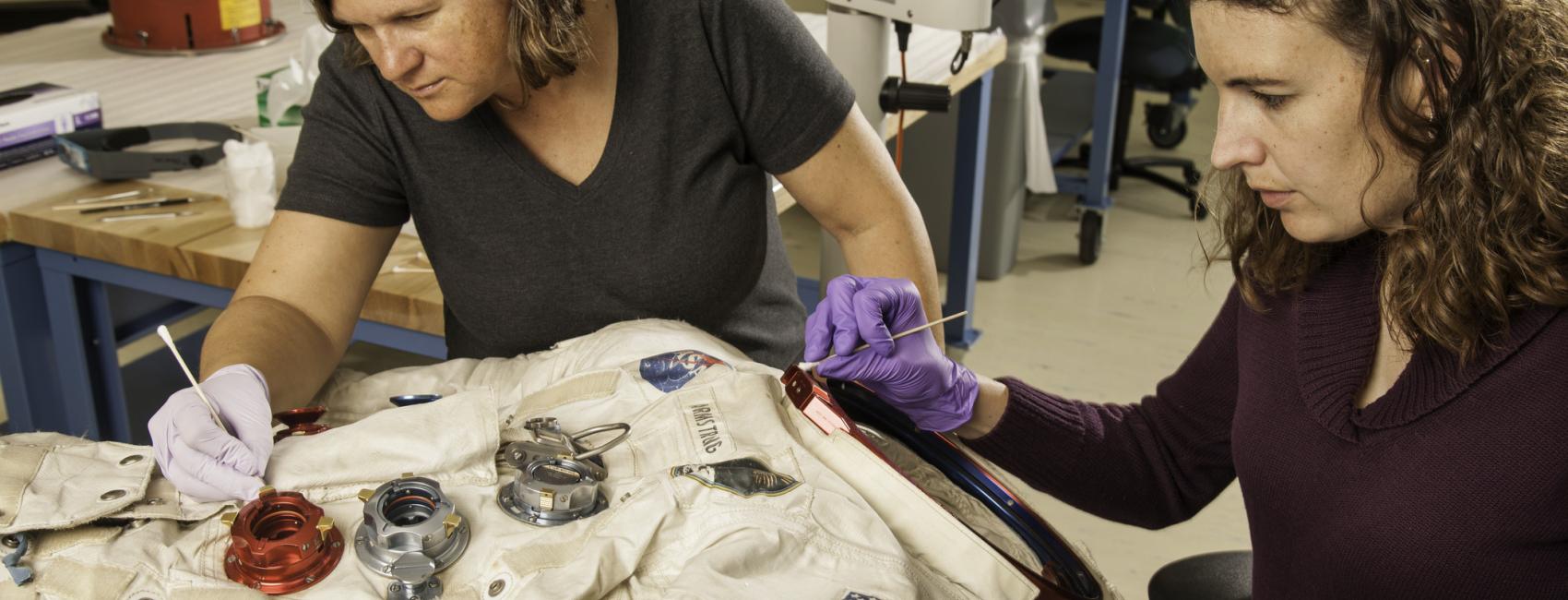
Jul 15, 2019
By Thomas Kennedy, CEO, Raytheon Company
It must have been something, back in the summer of 1969, to visit the Kennedy Space Center and see the Saturn V rocket standing ready on the launch pad. At 36 stories tall, it was a towering icon of the pending Apollo 11 moon mission and a message to the world that something impressive was imminent. But what mattered even more was the advanced technology sitting on top of it – the mission modules, the navigational computers, transmitters, space suits and everything that would soon help Neil Armstrong take “one small step for man and one giant leap for mankind.”
Apollo 11 was the greatest scientific achievement of the 20th century. That “moonshot” was also the culmination of almost a decade’s worth of research, planning and innovation by nearly an entire generation of U.S. engineers, scientists and technical staff. They developed thousands of new designs and technologies to overcome the daunting challenges associated with sending humans to the moon and back.
Many of the Apollo-era innovations − such as cordless tools, scratch-resistant lenses and memory foam − continue to benefit our lives today. One in particular, integrated circuits, helped unlock the power of computers, which have fueled the rapid pace of technological change we’ve seen in the decades since.
Innovation Continues
Scientists and engineers didn’t stop innovating once Apollo 11 splashed down. If anything, the pace of innovation has only accelerated − think about how fast we’ve progressed from the first home computers to laptops to smartphones − aided by breakthroughs in the tools and materials available to innovators today. For example, additive manufacturing machinery gives engineers the ability to quickly build precise components in complex geometrical shapes, such as honeycomb structures. Advancements in nanotechnology and 3-D modeling are also helping innovators envision new materials and designs.
A half century after Apollo 11, a new generation of moonshot technologies are getting ready for the launch pad. Hypersonics and artificial intelligence are just a couple examples of these technologies that aren’t just 10 percent better than existing capabilities − they represent a 10x improvement and have the capacity to change our everyday lives:
A New Workforce of Innovators
With the accelerating pace of change, newly available design and manufacturing tools and today’s tech moonshots, there has never been a more exciting time to be a scientist, engineer or innovator. Technology companies such as mine are hiring thousands of STEM professionals to work on their tech moonshot projects. Some positions are in traditional fields, such as electrical and software engineering. Others, reflecting the changing technological landscape, are in such fields as robotics, AI/machine learning and high-energy lasers.
Apollo 11 showed us what could be accomplished with hard work, ingenuity, determination and vision. The space program’s technological innovations not only allowed Neil Armstrong, Buzz Aldrin and Michael Collins to travel to the moon and back safely, but they also changed the world for the better. That should ultimately be the goal for any moonshot: using technology to make the world a better place.
Dr. Thomas A. Kennedy is Chairman and Chief Executive Officer for Raytheon Company
This guest post was originally published on LinkedIn and is republished here, with permission.

We rely on the generous support of donors, sponsors, members, and other benefactors to share the history and impact of aviation and spaceflight, educate the public, and inspire future generations. With your help, we can continue to preserve and safeguard the world’s most comprehensive collection of artifacts representing the great achievements of flight and space exploration.
We rely on the generous support of donors, sponsors, members, and other benefactors to share the history and impact of aviation and spaceflight, educate the public, and inspire future generations. With your help, we can continue to preserve and safeguard the world’s most comprehensive collection of artifacts representing the great achievements of flight and space exploration.